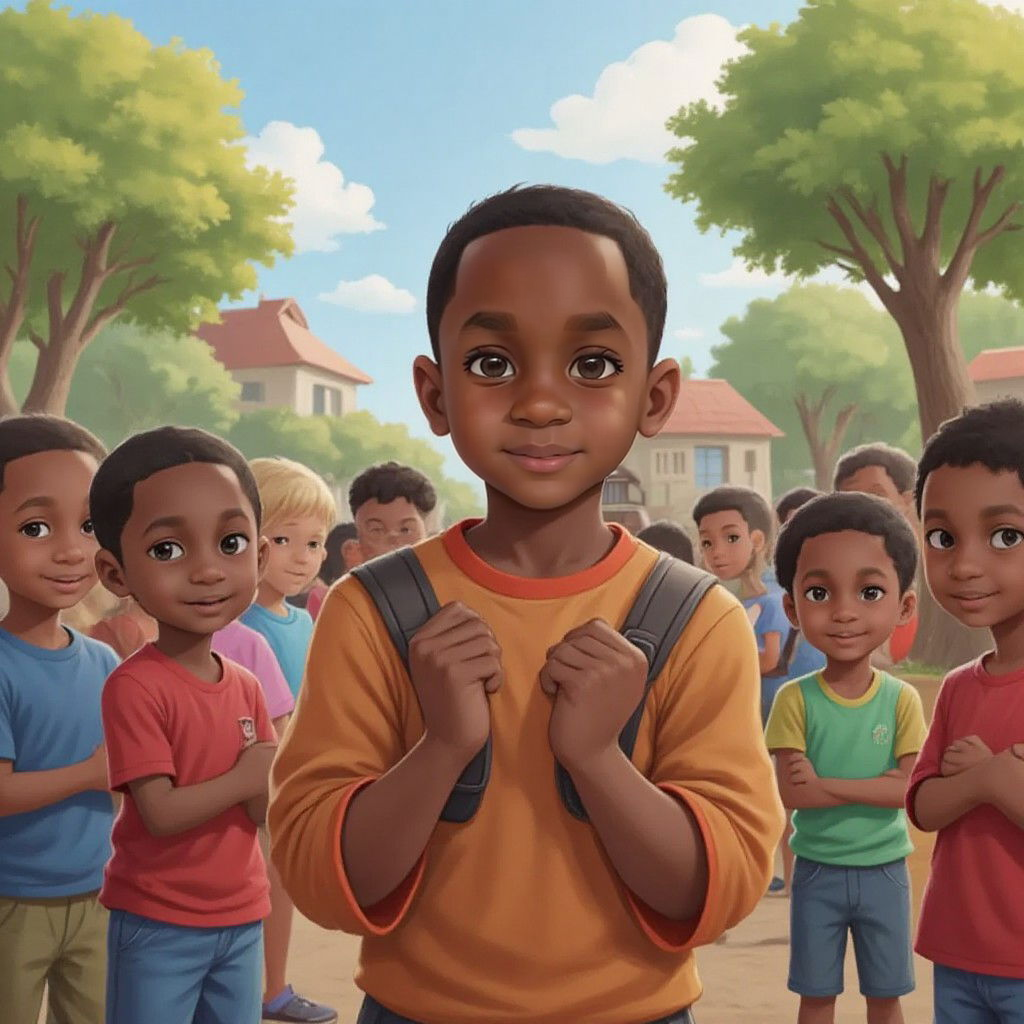

Recommend
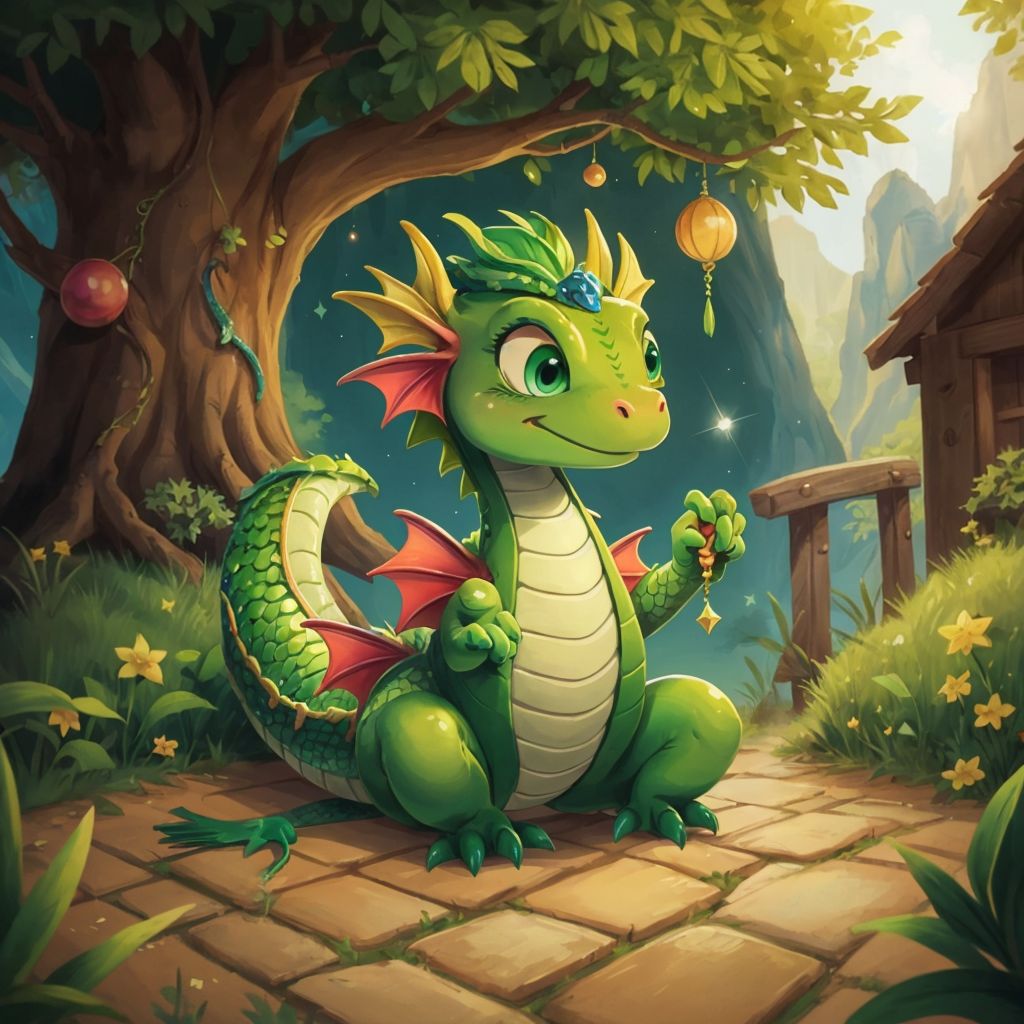
In a town so small, where magic is bright,Lived a dragon named Ziggy, oh what a sight!With sparkly green scales and a tail so long,He loved to count and sing a song! "Come along, friends, let’s count today,One by one, hip-hip hooray!" Ziggy found one bright golden star,Then two small fish in a crystal jar.He counted three tall trees so high,And four blue birds that flew nearby. Through the town, he danced with glee,Finding numbers—one, two, three!Five red apples in a wooden crate,Six round cookies on a silver plate! He saw seven balloons in the sky so wide,And eight big pumpkins side by side.Ziggy laughed, "We’re almost there!"He counted nine hats in the town square. At last, he saw, near a wishing pen,Ten twinkling lights shining bright again!"We did it, friends, hooray, hooray!"Ziggy cheered and flew away! The End.

In a hidden land, far away from sight, Lived all the unlucky 13s, forgotten in the night. There were 13th floors, rooms, and Fridays too, All gathered in a realm where no one knew. One night, a dreamer named Alison, with curls of gold, Blue eyes sparkling, and a heart so bold, Stumbled upon this land in her sleep, And felt a sadness, oh so deep. “Why are you here, so lonely and blue?” Alison asked the 13s, who had no clue. “We’re unlucky,” they said with a sigh, “People avoid us, and we don’t know why.” Alison’s heart ached for the 13s’ plight, She decided to adopt them, to make things right. “Come with me,” she said with a smile, “I’ll show you love, and we’ll go the extra mile.” The 13s cheered, their spirits bright, As they followed Alison into the light. From that day on, they were her charms, Bringing her luck and keeping her from harm. Alison became a singer, swift and strong, Breaking records, dancing shows 3.5 hours long! With her 13s cheering from the stands, She won every heart, with their helping hands. As an explorer, Alison traveled far and wide, Discovering treasures with her 13s by her side. They guided her to places no one could find, Making her the greatest explorer of all time. Alison’s lyrics changed the world, With her 13s’ help, new ideas unfurled. All of her albums became a hit, Winning awards for her creative wit. In music, Alison’s talents shone bright, Composing lyrical bridges that felt just right. Her concerts were magical, a sight to see, With her 13s bringing harmony. Alison’s kindness spread far and wide, Helping those in need, with her 13s by her side. She donated to foundations, giving back, Making the world better & on the right track. With her lucky 13s, Alison’s life was grand, She became the luckiest girl in the land. Karma smiled upon her, day and night, Bringing her joy, making everything right.
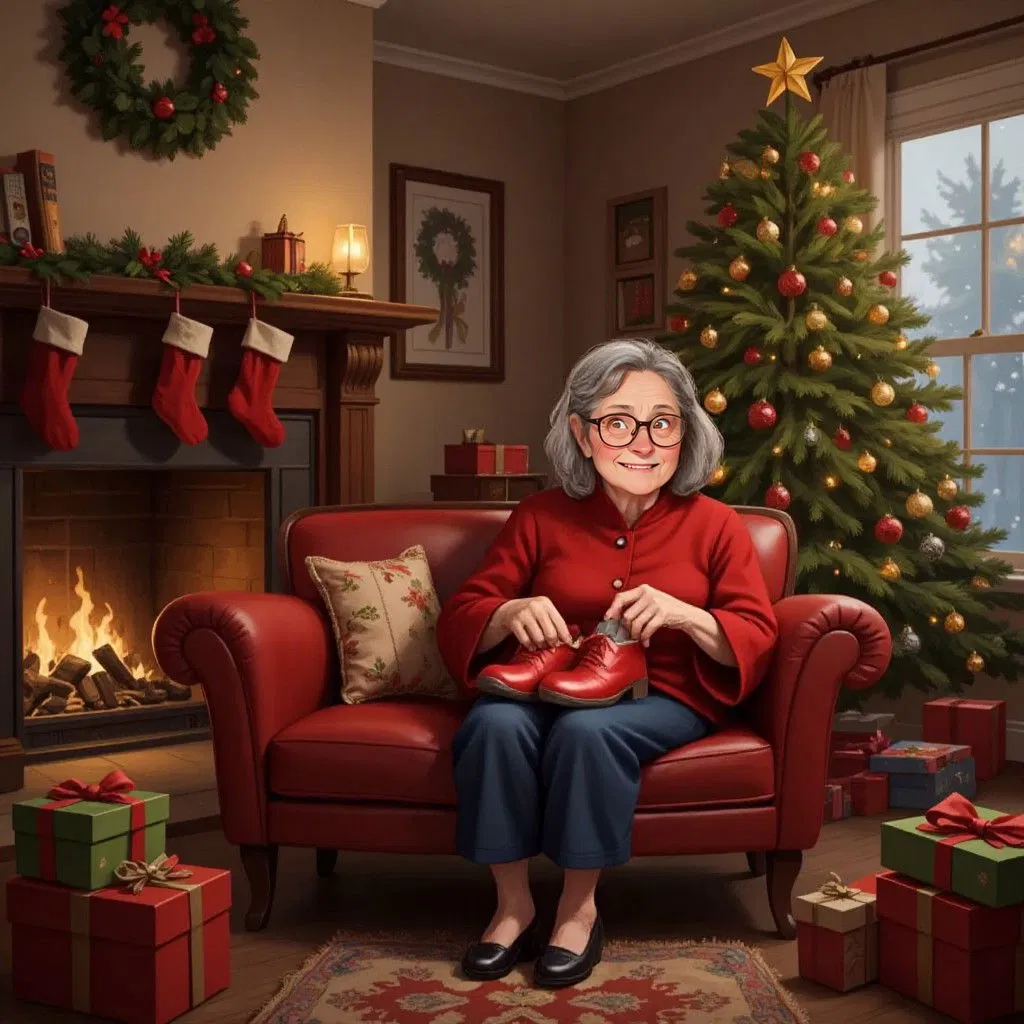
Santa brought Cheryl some new shoes for Christmas, but when she tried them on they weren’t comfortable because they were elf shoes. Cheryl tried many different ways to fix the elf shoes. She tried to cook the elf shoes in the oven but they just melted. She’d ran over the elf shoes with the car but they were flattened. She sent the elf shoes to Mars in a rocket ship but they didn’t come back. She left the elf shoes in the alley hoping a shoeless person would take the elf shoes but nobody took the elf shoes. After a few days she tried the elf shoes on again and this time, to Cheryl's surprise, they were perfect. She couldn't understand why the elf shoes started to feel better after a few days had passed but from that day forward she wore her elf shoes everywhere.
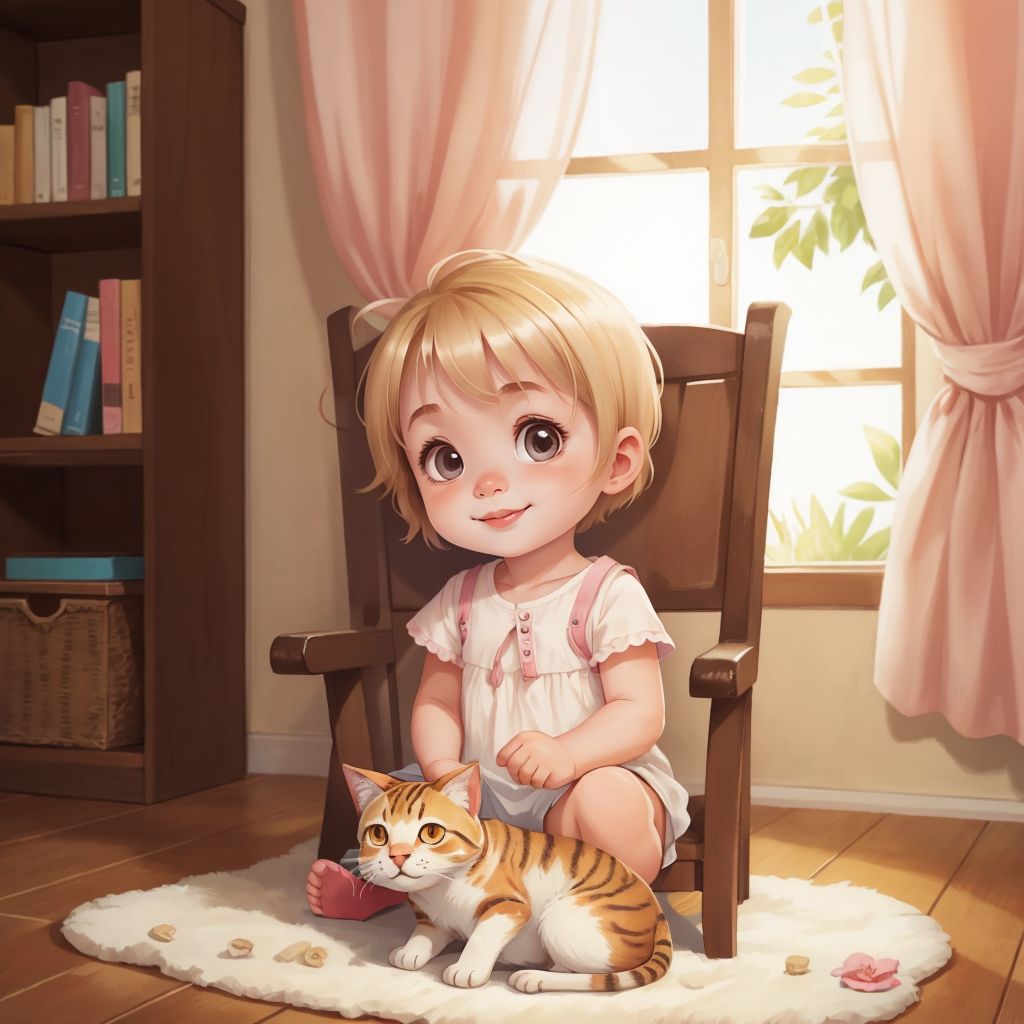
Abigail meets cat - cat says meow. Abigail meets dog - dog says ha ha ha. Abigail meets elephant - elephant says phreww. Abigail meets Lion - Lion says roar. Abigail meets sheep - Sheep says baa. Abigail meets cow - cow says mooo. Abigail meets duck - duck says quack. Abigail meets monkey - monkey says ah ah ah. Abigail meets fish - fish says blub blub blub. Abigail meets bear - bear says grrr. Abigail meets llama - llama says p p pomegranate!
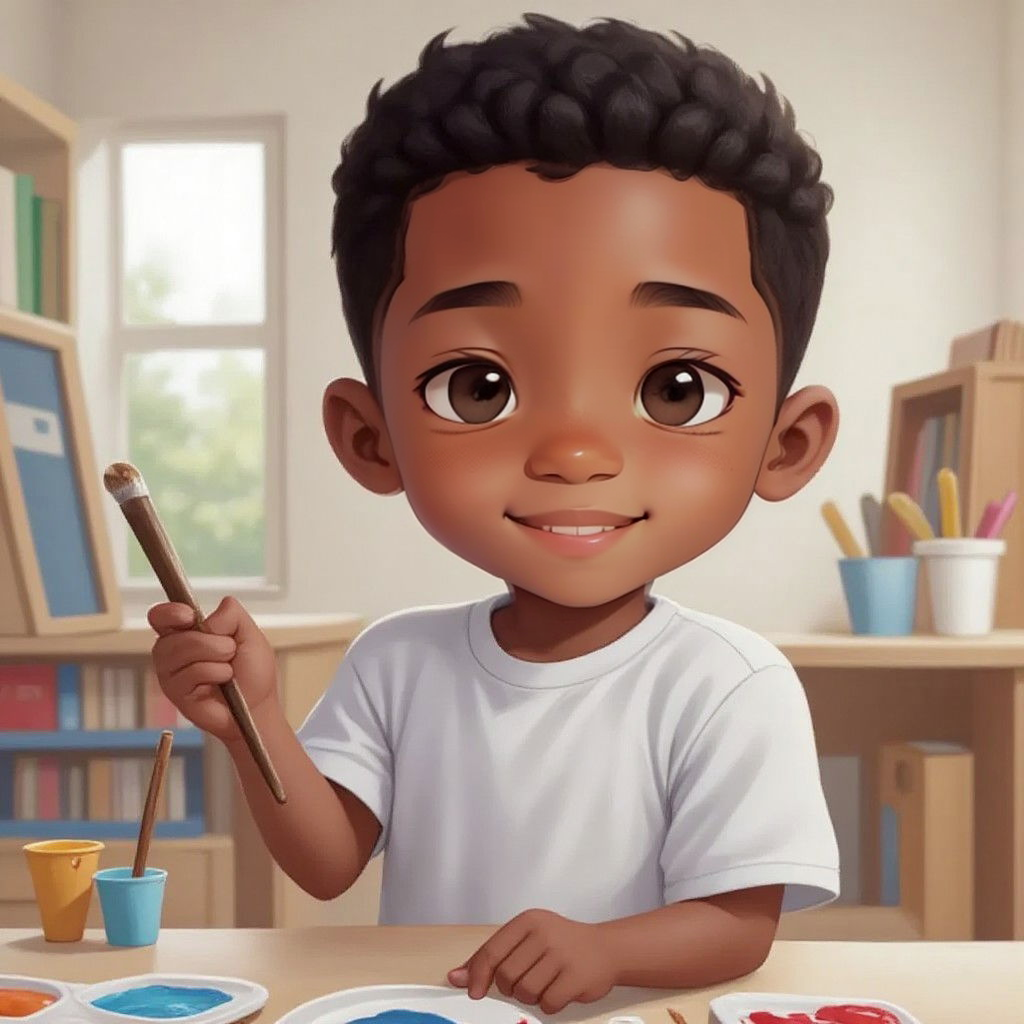
Leo, a young and talented artist, discovers the true meaning of creativity and self-expression through a heartwarming school art contest. Join Leo on his journey as he learns to appreciate his unique style and share his passion with the world.

In second grade, Olivia Underwear tries hard to be cool, But her tizzy-wizzy ways make her look like a fool! She giggles and twirls, can’t sit still in her chair, And blurts out the silliest things on a dare! She wants some new friends, but can’t seem to chill, Her wiggly, giggly ways give her friends quite a thrill. Will Olivia ever find friends who don’t care, That she’s fidgety, fun, and a bit unaware? It’s a tizzy-wizzy world when you’re learning to fit, But Olivia Underwear won’t ever quit!
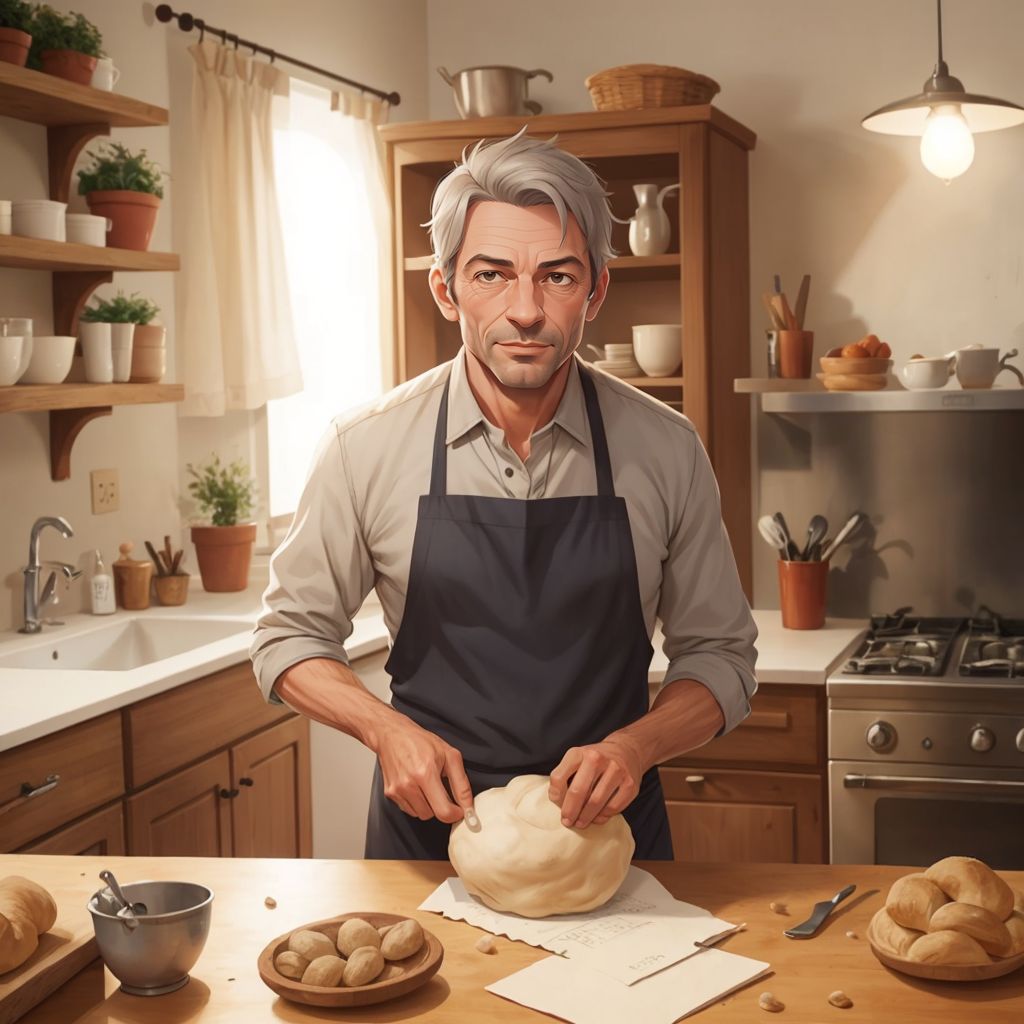
In a small village, there lived a baker known for his delicious bread. He worked with passion and always used fresh ingredients. One day, while he was working, a little bird flew in through his window. The bird, drawn by the smell of the bread, perched on a nearby branch. Seeing the bird, the baker decided to give it a piece of bread. The bird happily took the piece and started singing joyfully. Every day, the bird visited to get bread and always sang a new melody. As time went by, the bird began to help the baker. It flew to the market to spread the word about the fresh bread, bringing in more customers. The baker’s fame grew, and he became very well-known in the village.
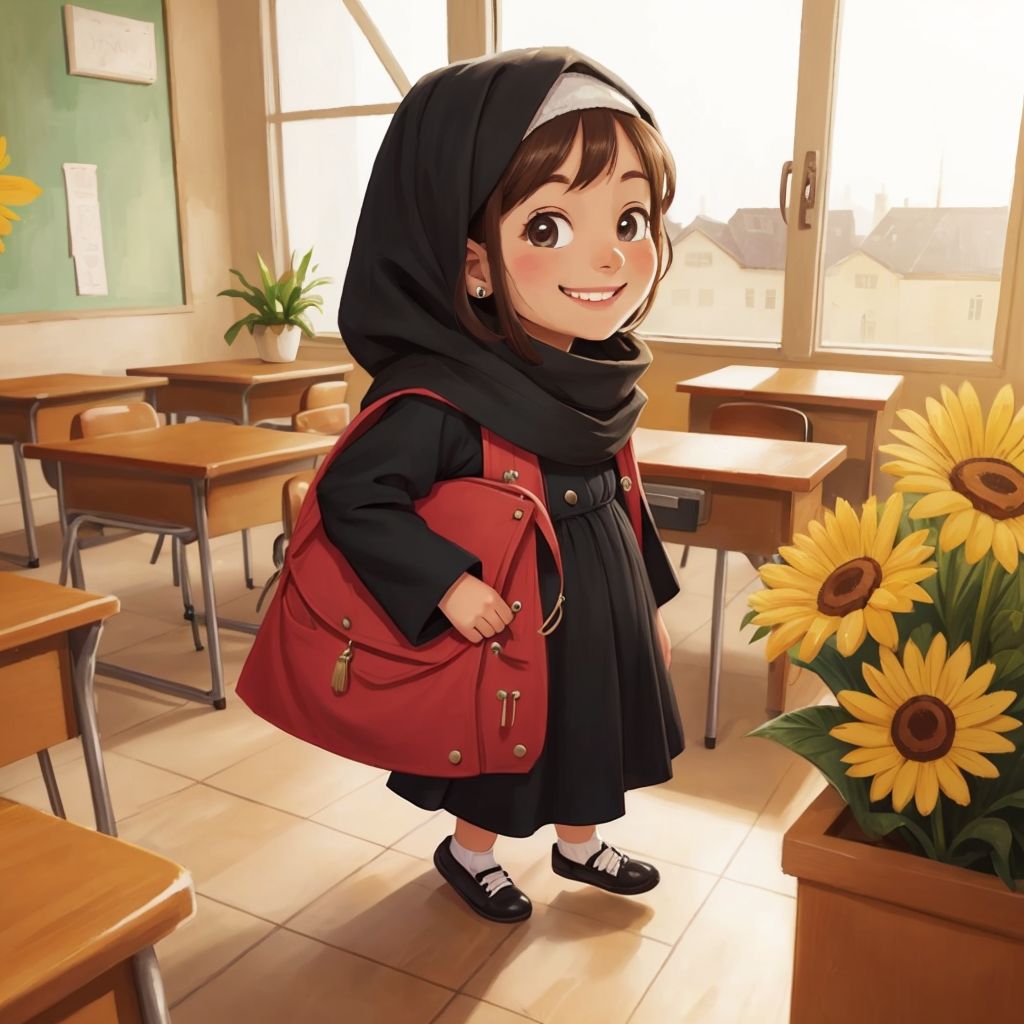
boy's day at school
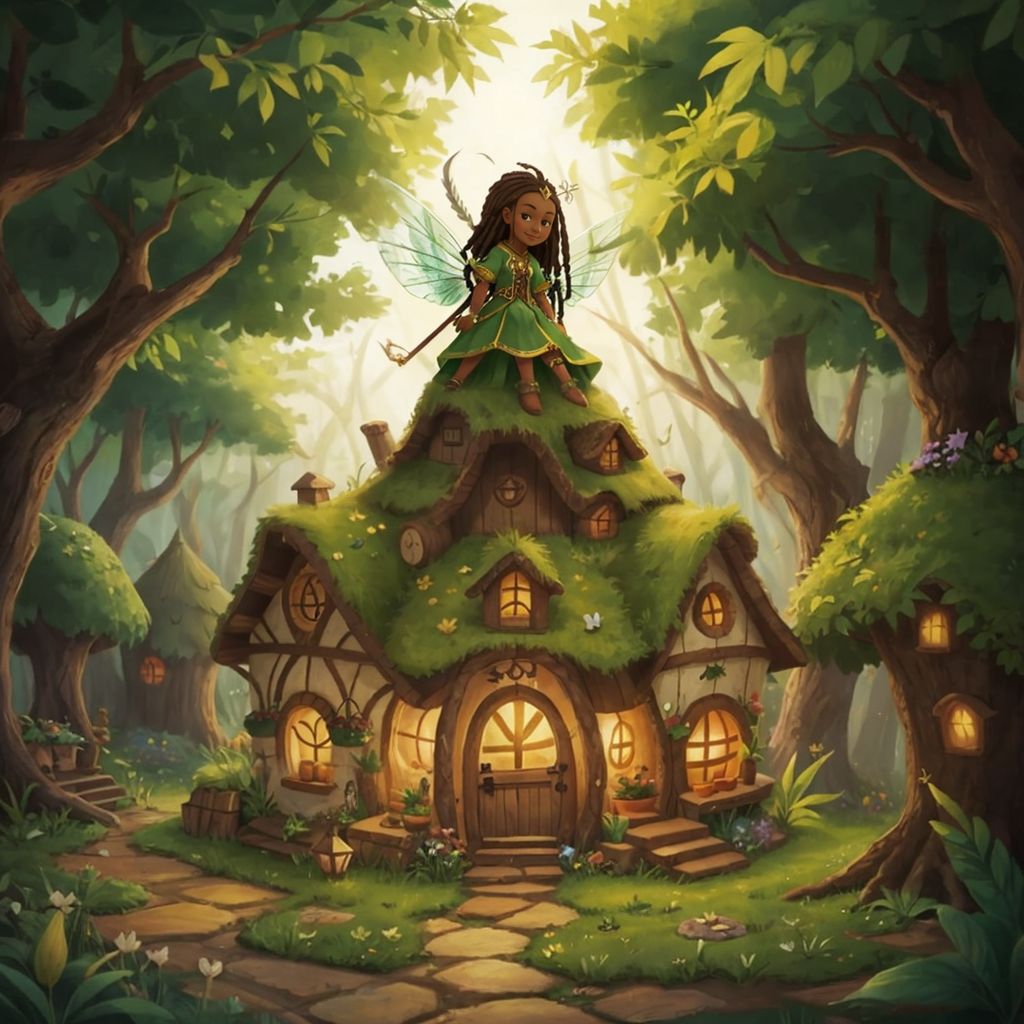
A young fairy decides to go to fairy college and earn her certificate to be a registered tooth fairy. Before she finishes school she must attend to visit two children and test her new skills as a tooth fairy.
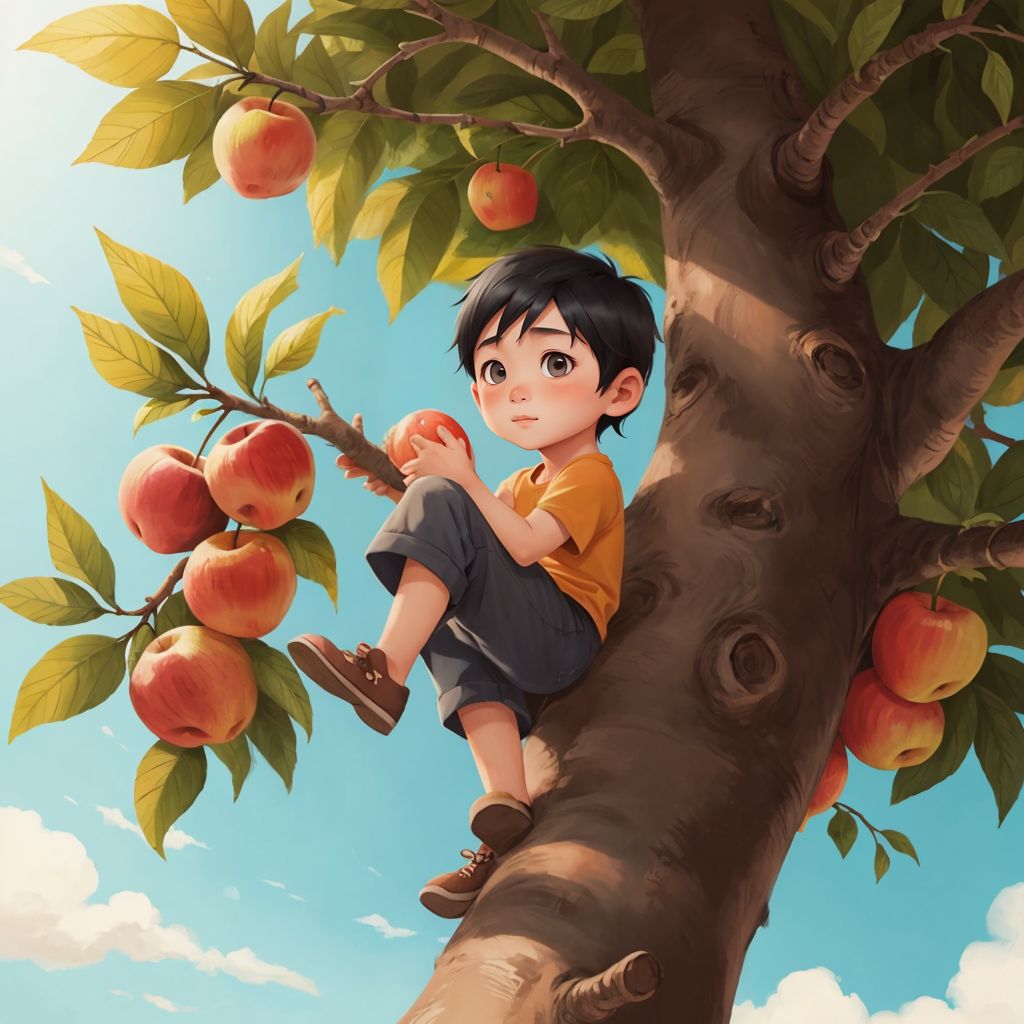
Mengajarkan tentang kesetiaan dan pengorbanan seorang sahabat.
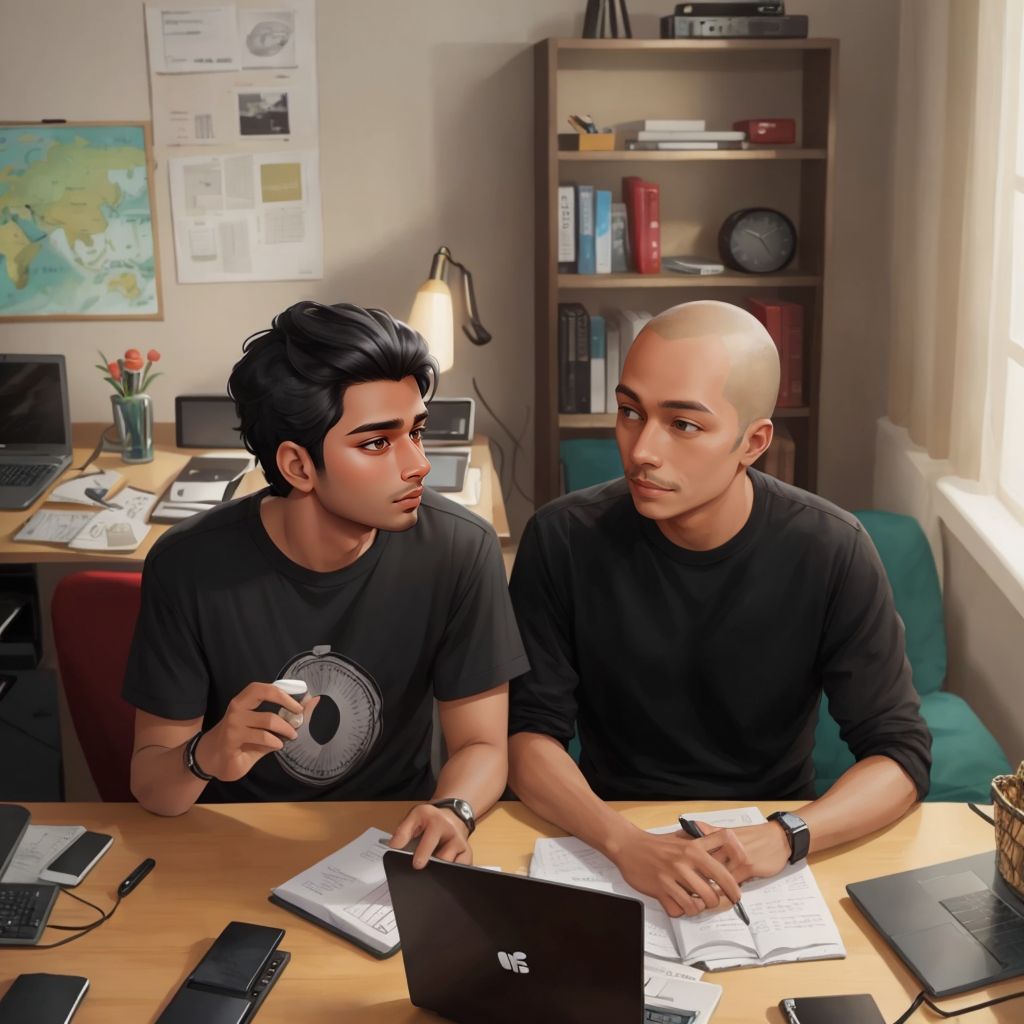
Two boys having conversation between them in a room
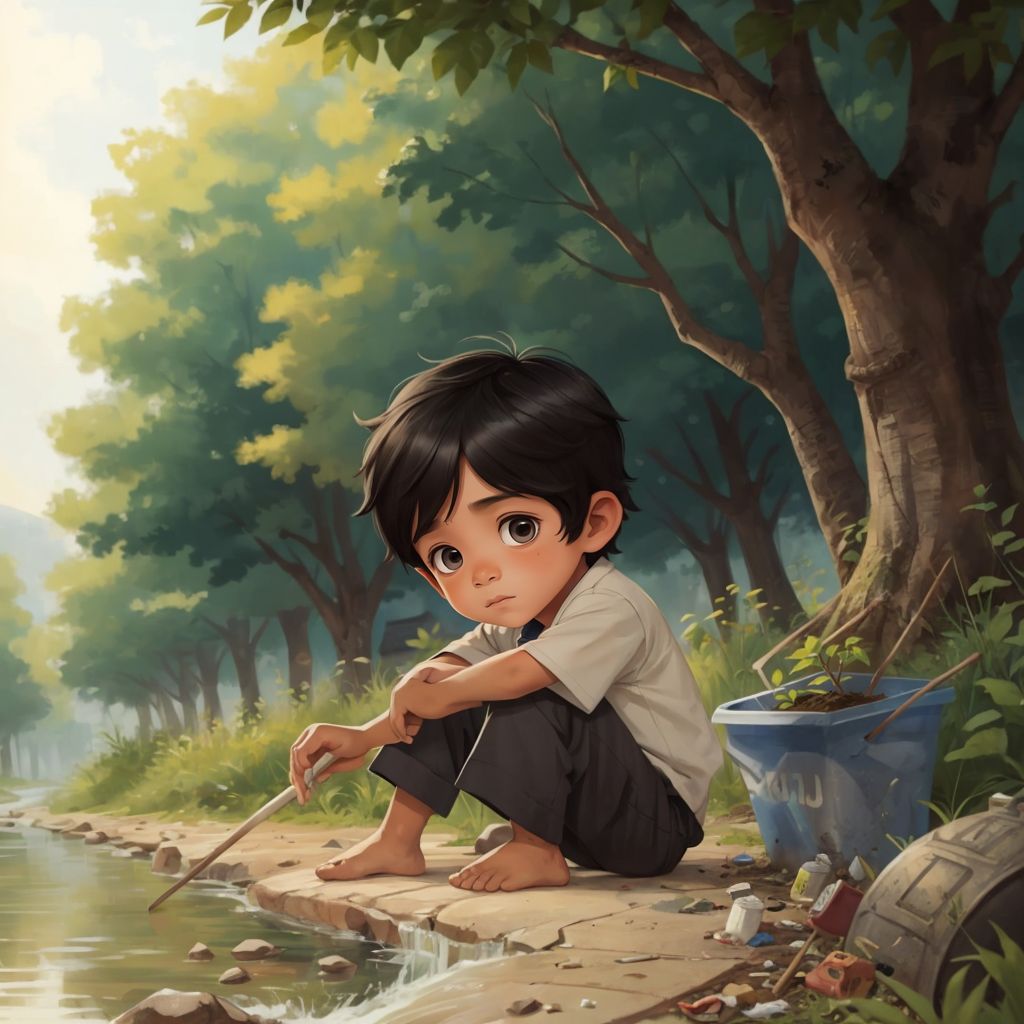
Rohan finds the seedling near the river, where people throw trash and pollutants. He decides to take care of it, naming it "Greenie." Rohan learns about the harmful effects of pollution and starts a campaign to clean the river. Challenges arise: Villagers doubt his efforts · He faces difficulties in convincing others to join · Greenie struggles to grow due to pollution Rohan perseveres: · He works hard, collecting trash and creating awareness · He honestly confronts villagers about their actions · He finds creative solutions to help Greenie grow Outcome: · The river starts to clean up · Greenie flourishes, inspiring others to join Rohan's cause · The village transforms into a eco-friendly community Lessons: · Environmental awareness and responsibility · Honesty and integrity in facing challenges · Hard work and perseverance lead to positive change This story aims to inspire children to take care of their environment, be honest and truthful, and work hard to achieve their goals
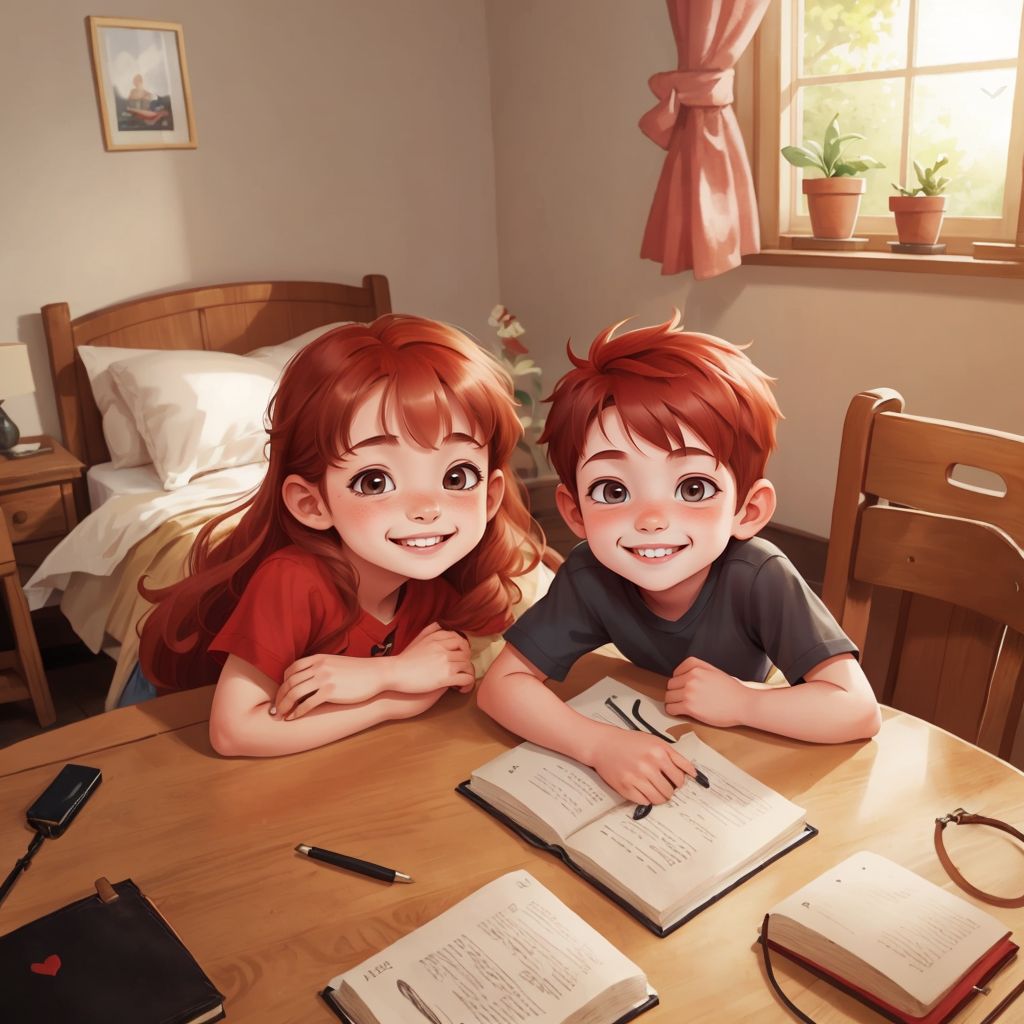
A brother and sister going through their day trying new things like, dancing, painting, baking and even though they weren’t perfect they still had fun. They learned in the end sitting under a tree in there back yard and looking at the stars. We are all wonderfully made and enough just the way we are
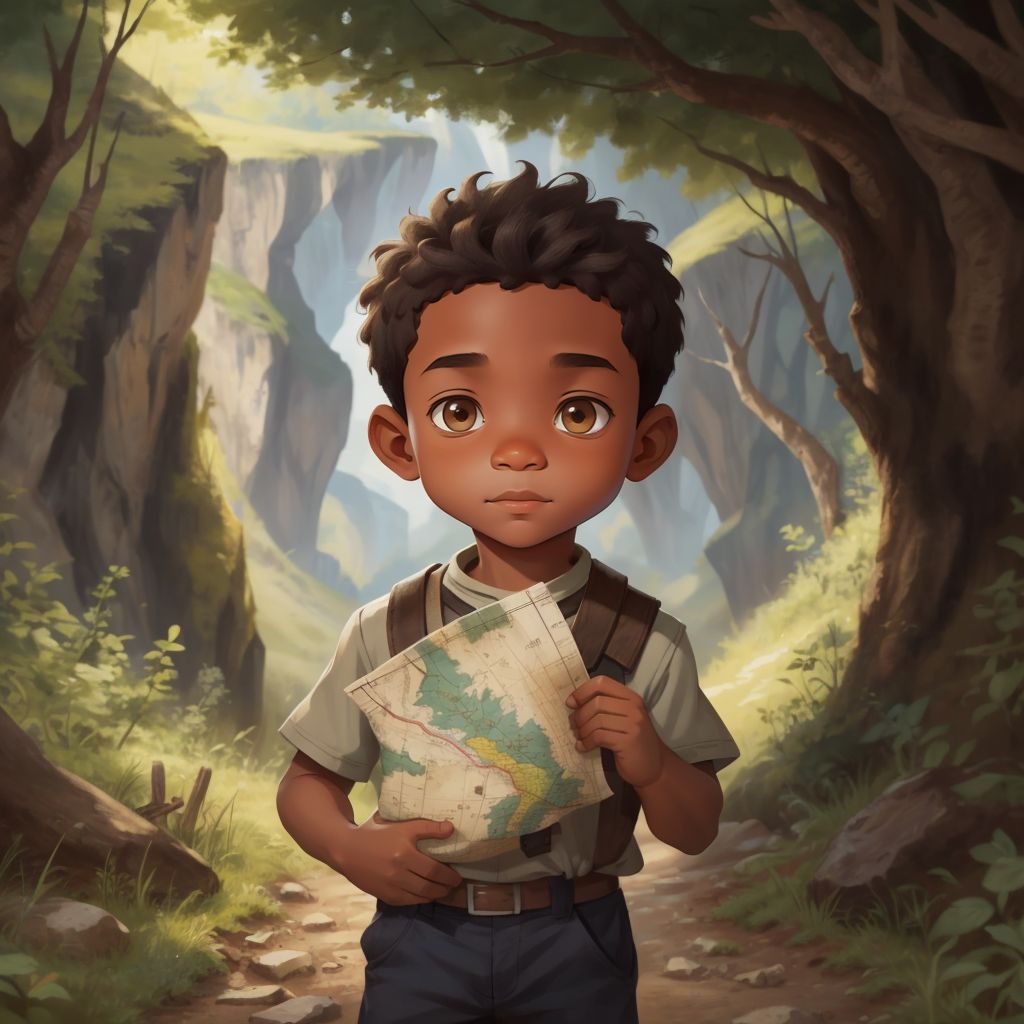
20 page rhyming book about a South African Zulu boy named Dingo
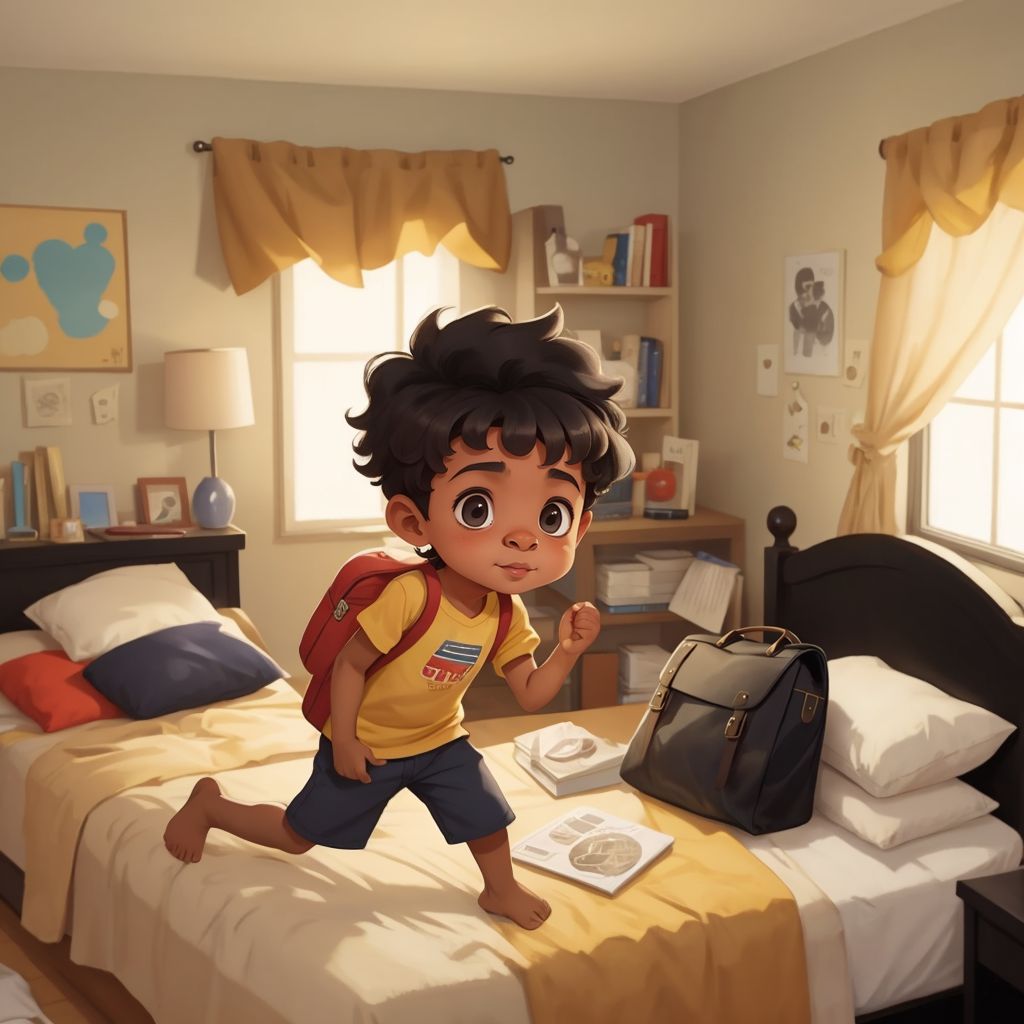
A 6 year old dark skinned black boy with a curly afro named Dukey goes on a journey to Nigeria accompanied by his parents. During his visit, Dukey fully embraces Nigerian customs and traditions. He savors the flavors of tasty jollof rice, sways to the captivating rhythms of indigenous music, and picks up words in Yoruba and Igbo from hospitable natives. He marvels at the colorful agbada clothing adorning the locals and attempts drumming, feeling the pulsating beat resonate within him.

Let there be teddy bears working in a factory that produces colorful clouds

1. 第 三 日 、 在 加 利 利 的 迦 拿 有 娶 親 的 筵 席 . 耶 穌 的 母 親 在 那 裡 。 2. 耶 穌 和 他 的 門 徒 也 被 請 去 赴 席 。 酒 用 盡 了 、 耶 穌 的 母 親 對 他 說 、 他 們 沒 有 酒 了 。 3. 耶 穌 說 、 母 親 、 〔 原 文 作 婦 人 〕 我 與 你 有 甚 麼 相 干 . 我 的 時 候 還 沒 有 到 。 4. 他 母 親 對 用 人 說 、 他 告 訴 你 們 甚 麼 、 你 們 就 作 甚 麼 。 5. 照 猶 太 人 潔 淨 的 規 矩 、 有 六 口 石 缸 擺 在 那 裡 、 每 口 可 以 盛 兩 三 桶 水 。 6. 耶 穌 對 用 人 說 、 把 缸 倒 滿 了 水 . 他 們 就 倒 滿 了 、 直 到 缸 口 。 7. 耶 穌 又 說 、 現 在 可 以 舀 出 來 、 送 給 管 筵 席 的 . 他 們 就 送 了 去 。 8. 管 筵 席 的 嘗 了 那 水 變 的 酒 、 並 不 知 道 是 那 裡 來 的 、 只 有 舀 水 的 用 人 知 道 . 管 筵 席 的 便 叫 新 郎 來 、 9. 對 他 說 、 人 都 是 先 擺 上 好 酒 . 等 客 喝 足 了 、 纔 擺 上 次 的 . 你 倒 把 好 酒 留 到 如 今 。 10. 這 是 耶 穌 所 行 的 頭 一 件 神 蹟 、 是 在 加 利 利 的 迦 拿 行 的 、 顯 出 他 的 榮 耀 來 . 他 的 門 徒 就 信 他 了 。
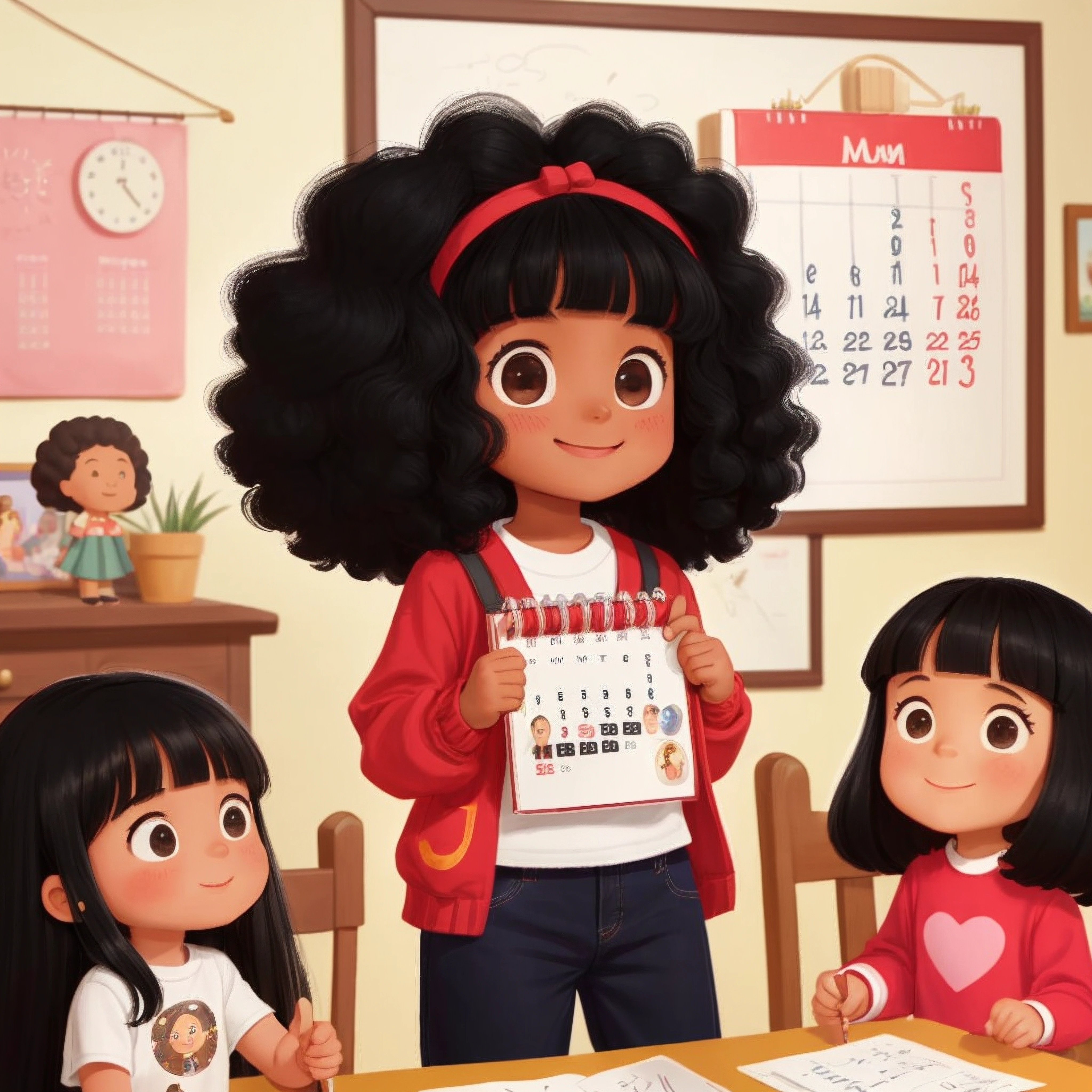
Help create Children Book about girl and her Glamma going a shopping eating getting there hair and make up done It a glamorous experience the character are African-American. The grandmother 52 years old young at heart is very curvy. bella 8 very smart with braids
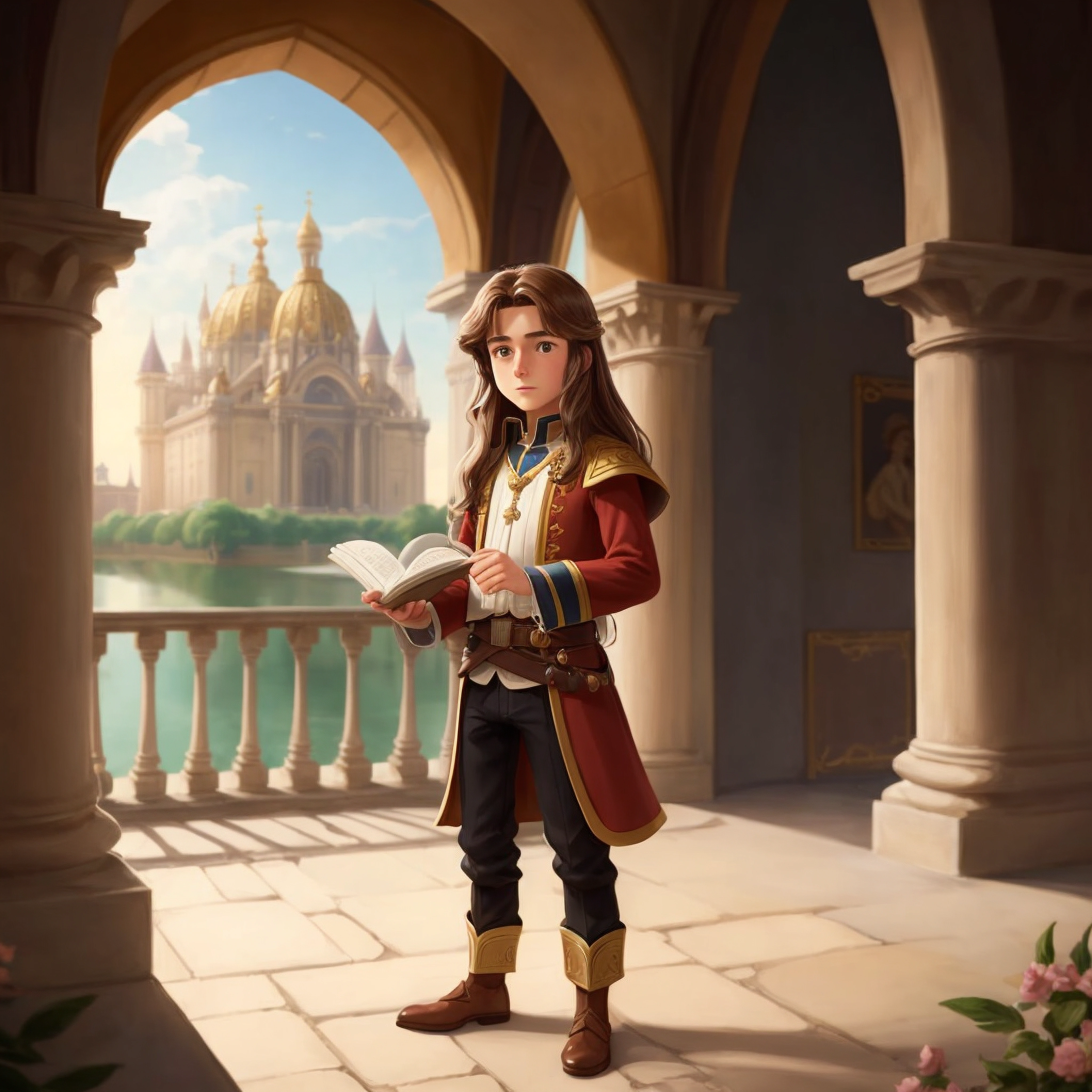
Daniel dizaman alkitab memilih untuk percaya kepada Tuhan
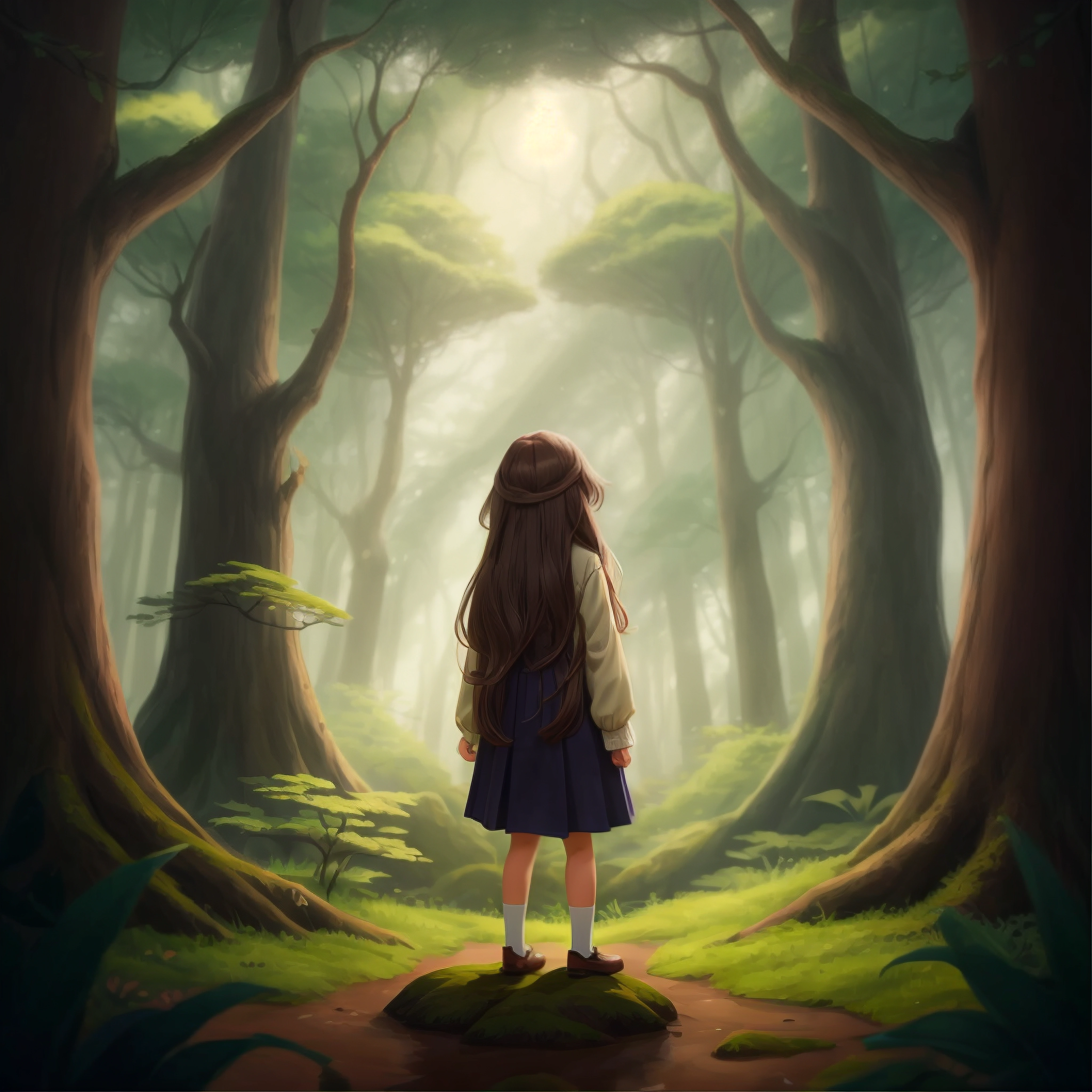
"The Enchanted Forest: Luna's Quest" is a mesmerizing children's storybook that transports readers to a magical realm where fairies and woodland creatures live in harmony. Luna, a curious and kind-hearted fairy, embarks on a quest to save her enchanted forest from a mysterious darkness that threatens to engulf it.
